Gauff is a legend of clay
The Stade Philippe Chartier in Paris witnessed a classic matchup that will go down in history. On the evening of June 7, Beijing time, the world's top two Sabalenka and Gauff battled for 2 hours and 38 minutes, and finally the No. 2 seed Gauff completed a shocking comeback 6-7 6-2 6-4 after dropping the first set, and won his first Susan Lenglen Cup, becoming the first American player to win the championship at Roland Garros after Serena Williams in 2015.
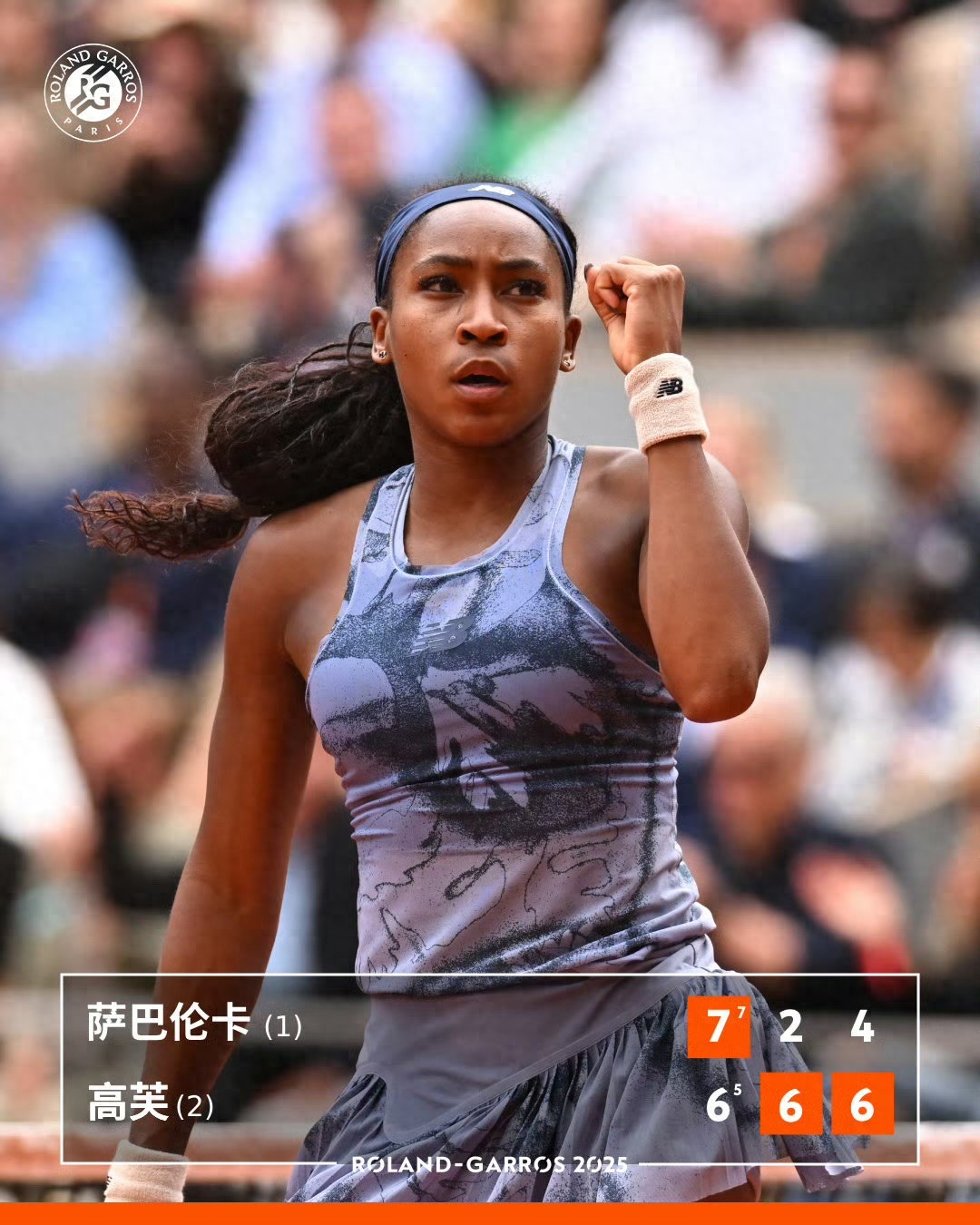
At the start of the game, Sabalenka took a 4-1 lead with a stormy attack. But then Gauff began to fight back with textbook-level defensive counterattacks, chasing three games in a row to chase the score to 4-4. The end of the first set was dramatically filled when Sabalenka wasted two set points at 5-4 and Gauff levelled the game again at 5-5. Sabalenka began to fight back from 1-4 down in the tie-break, and finally won the tie-break 7-5 thrillingly. However, the war of attrition has already exposed hidden dangers: the Belarusian made a whopping 28 unforced errors in the first set, compared to Gauff's nine.
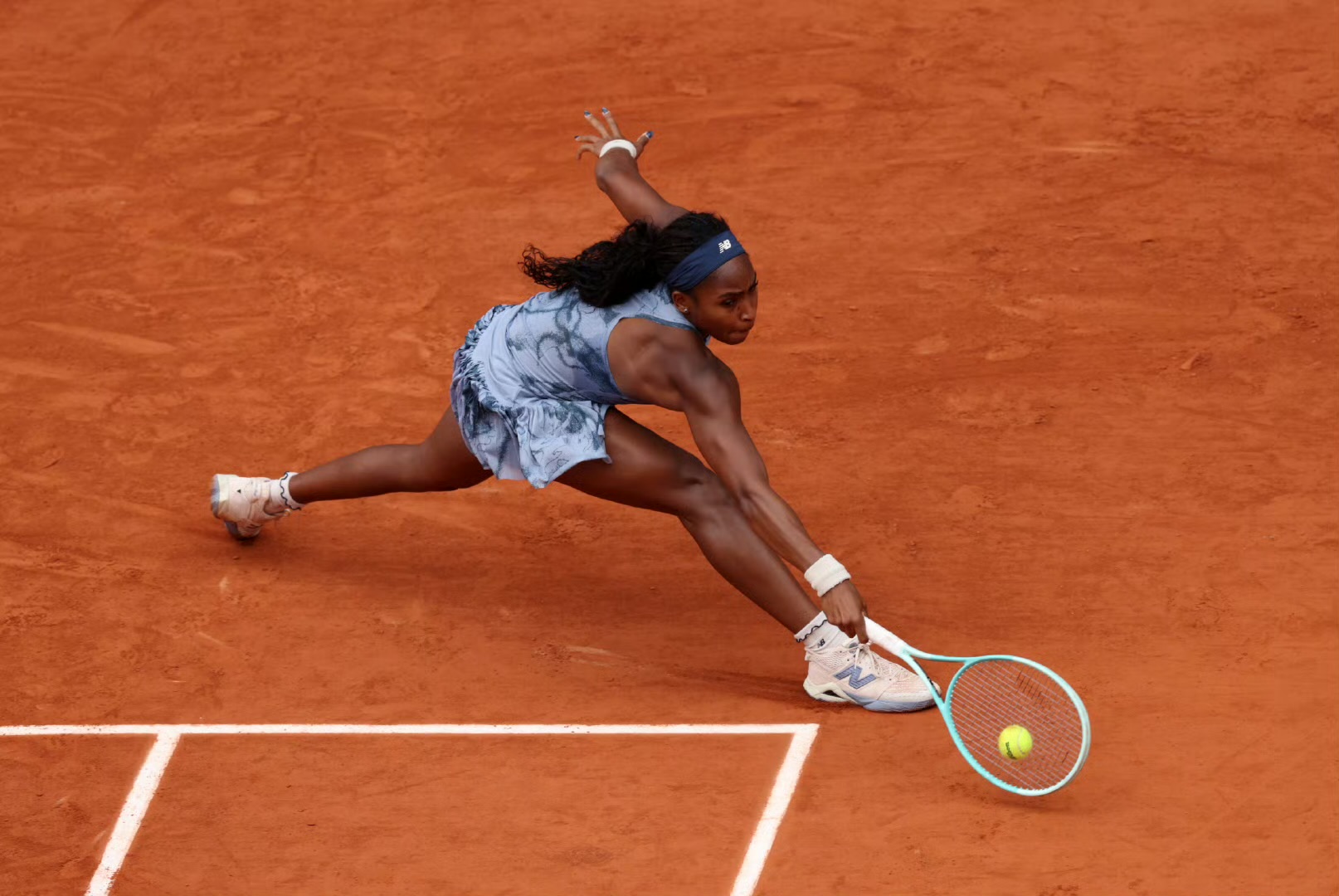
The second set became the turning point of the match. Gauff took the initiative to reduce the speed of the ball, and continued to suppress Sabalenka's backhand with topspin balls in the deep area, while increasing the play of small balls in front of the net. The change completely disrupted her opponent's rhythm, and Sabalenka's forehand error rate soared to 47 per cent. At 6-2, Gauff needed only 35 minutes to equalize the set, and the on-site technical statistics showed that her first-serve rate in this set was as high as 84%, far exceeding the 61% of the first set.
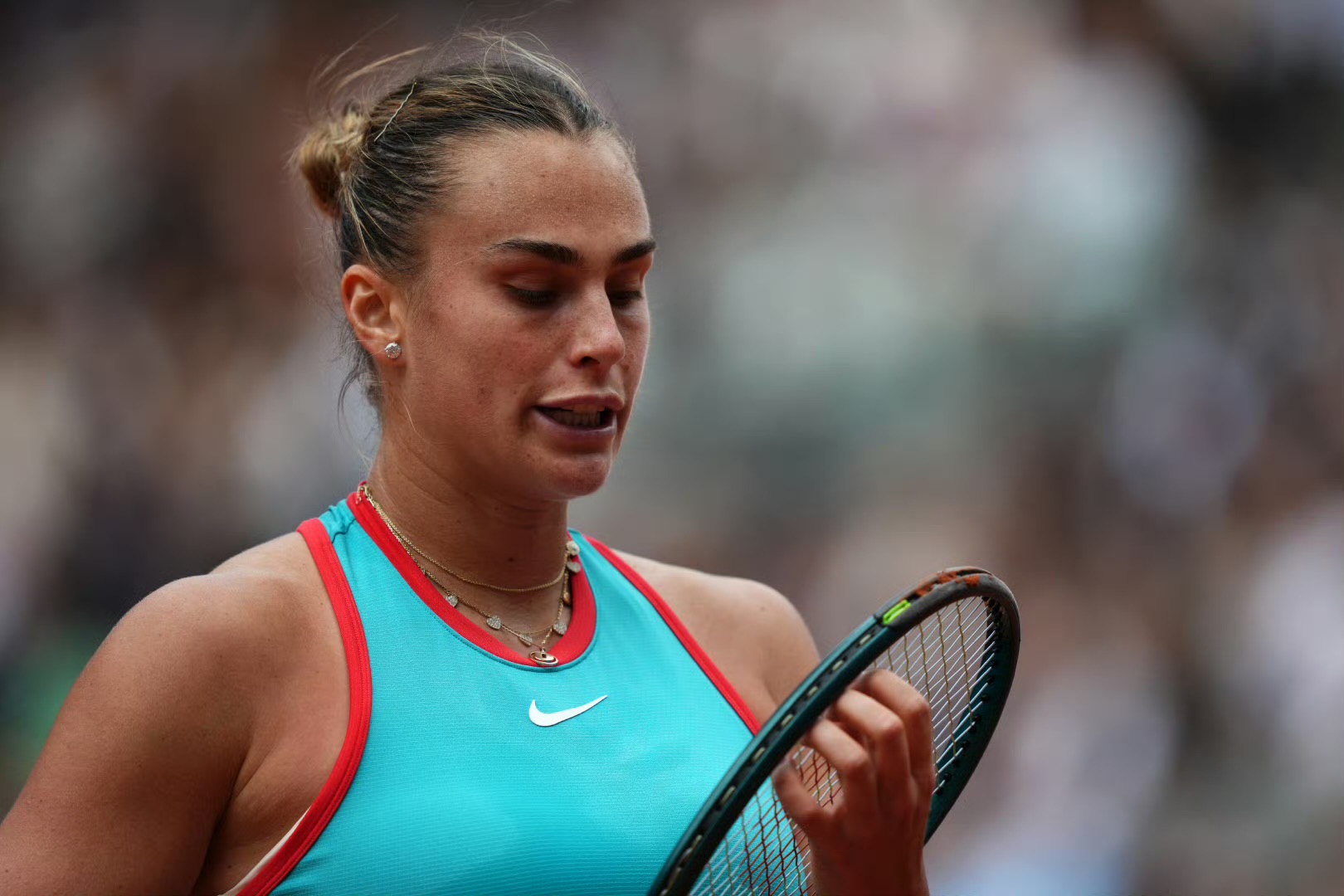
At the beginning of the deciding set, Gauff broke consecutive ties to take a 3-1 lead, but Sabalenka suddenly improved her serve and hit three aces in a row to make it 3-3. At the crucial moment, Gauff showed more mature game intelligence: she gave up her strong attack and instead used a dense deep ball down the middle to limit Sabalenka's power, and grabbed her opponent's double fault in the seventh game to complete a fatal break. In the tenth game, as Sabalenka's backhand went out of bounds, Gauff fell to her knees and cried - this battle that combined steel defense and precise counterattacks ended in the transformation of the American girl.
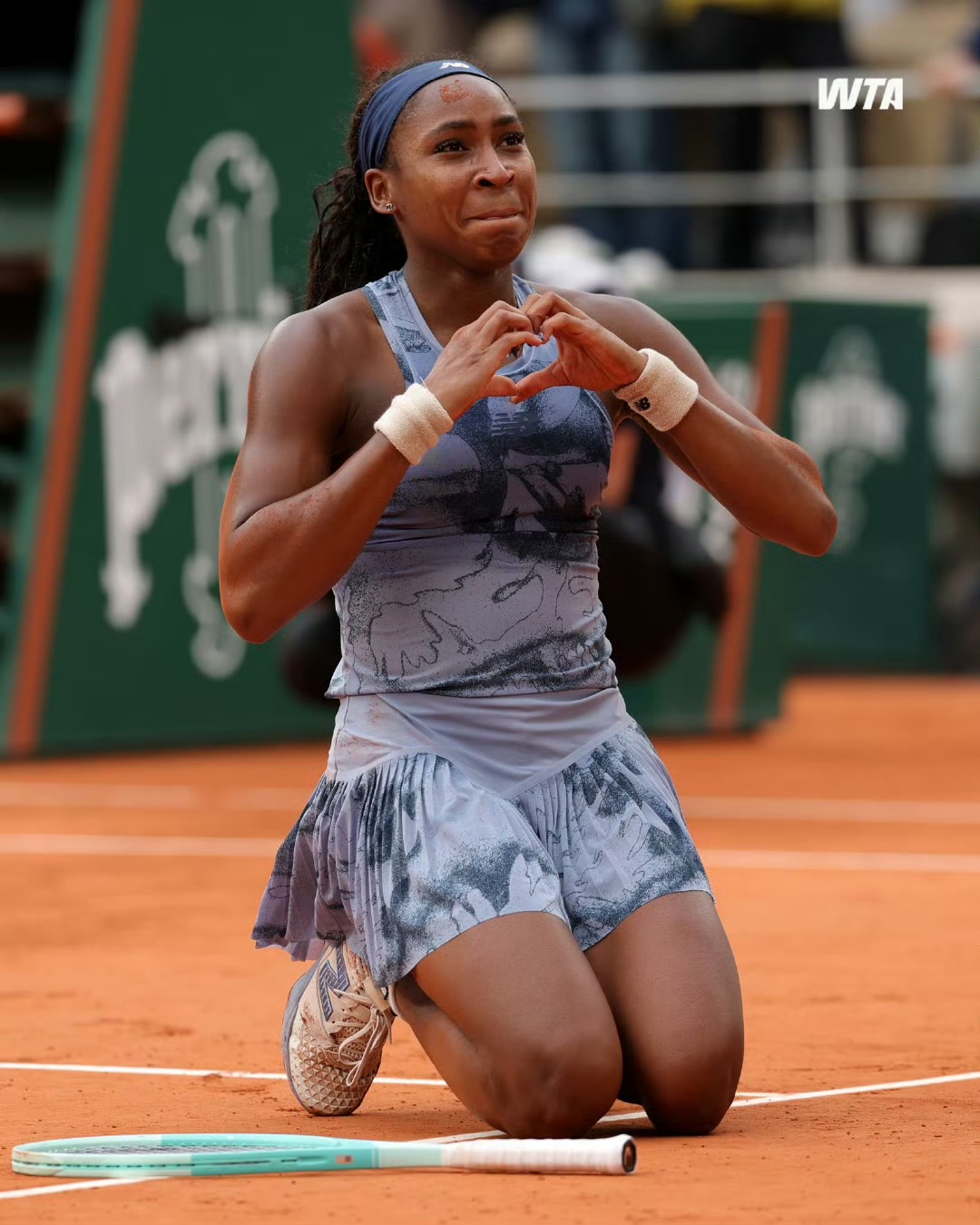
Gauff had mixed feelings when he lifted the trophy: "When I missed out on the championship three years ago, I had an unforgettable experience. Now to be able to stand on this coveted podium, I have mixed feelings and ecstasy. "

Sabalenka, on the podium, was disappointed: "It was the worst final I've ever played. The final wasn't because of how well Coco played, but because I made too many mistakes. "Yes, as the Belarusian girl said, although she scored 37 winning points, seven more than Gauff, she made 70 unforced errors in the whole game, which is 40 more than Gauff's, which is fatal on clay.

"After I lost the final here three years ago, I've been training every day for this. Gauff choked up at the award ceremony. From the youth of the 2022 French Open runner-up, to the breakthrough of winning the 2023 US Open, and now after the clay seal, the 21-year-old Gauff has completed the transformation from a "talented girl" to a "master tactician" with this victory. As tennis legend Evert put it: "She has redefined the offensive and defensive philosophy of women's tennis by translating her ability to defend and turn it into offense." "
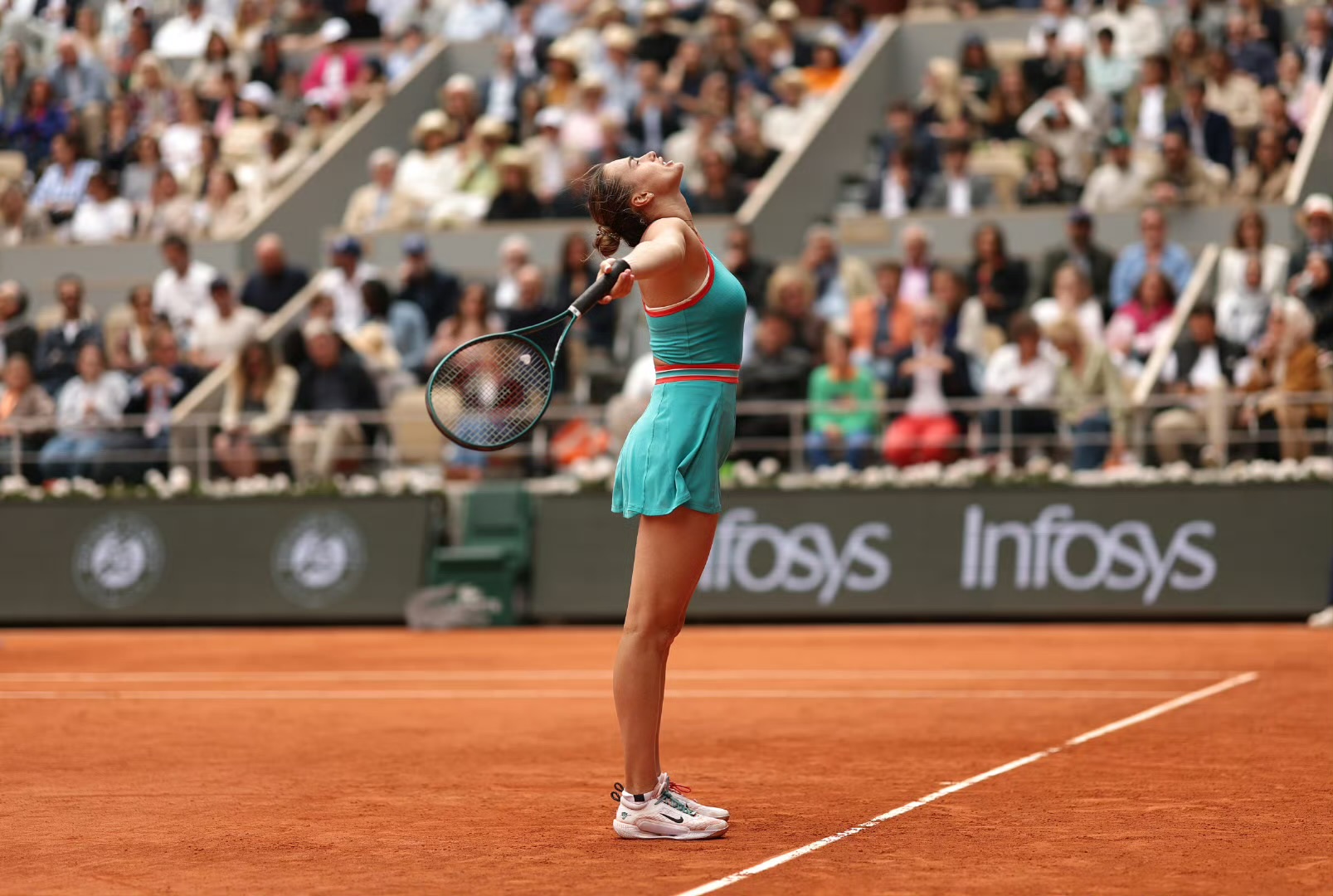
Sabalenka, on the other hand, has been hated in two Grand Slam finals in a row, exposing the fluctuation of the mentality of key points. But there are no losers in this pinnacle matchup – the epic three-set battle between two of today's best players is sure to be a shining footnote to the 100-year history of the French Open. (Source: Tennis Home Author: Mei)







 Links
Links
 Contact
Contact
 App
App


